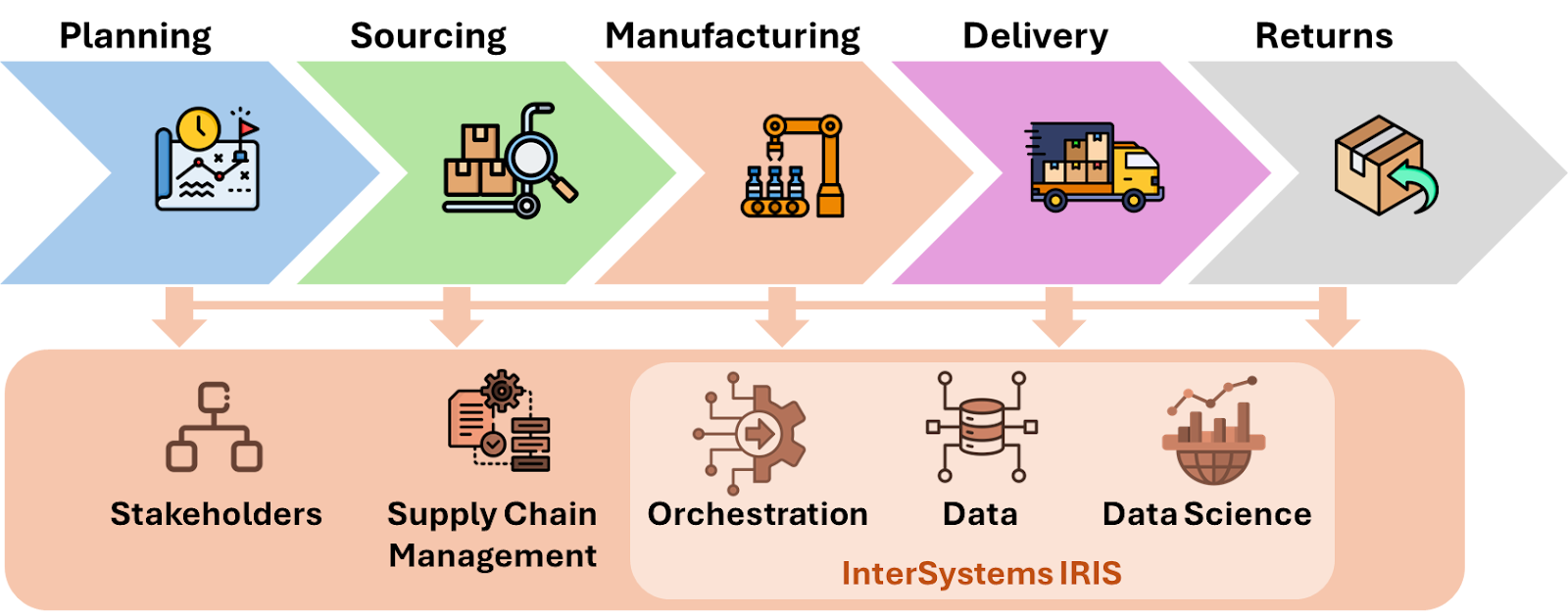Hi, Community!
See how to efficiently validate incoming CDA documents and comply with standards using the cloud-based CDA Validation Service!
Streamlining CDA Data Feed Setup in Health Connect Cloud
https://www.youtube.com/embed/Sd6BpXyWezs?utm_source=youtube&utm_medium=social&utm_campaign=Sd6BpXyWezs
[This is an embedded link, but you cannot view embedded content directly on the site because you have declined the cookies necessary to access it. To view embedded content, you would need to accept all cookies in your Cookies Settings]

